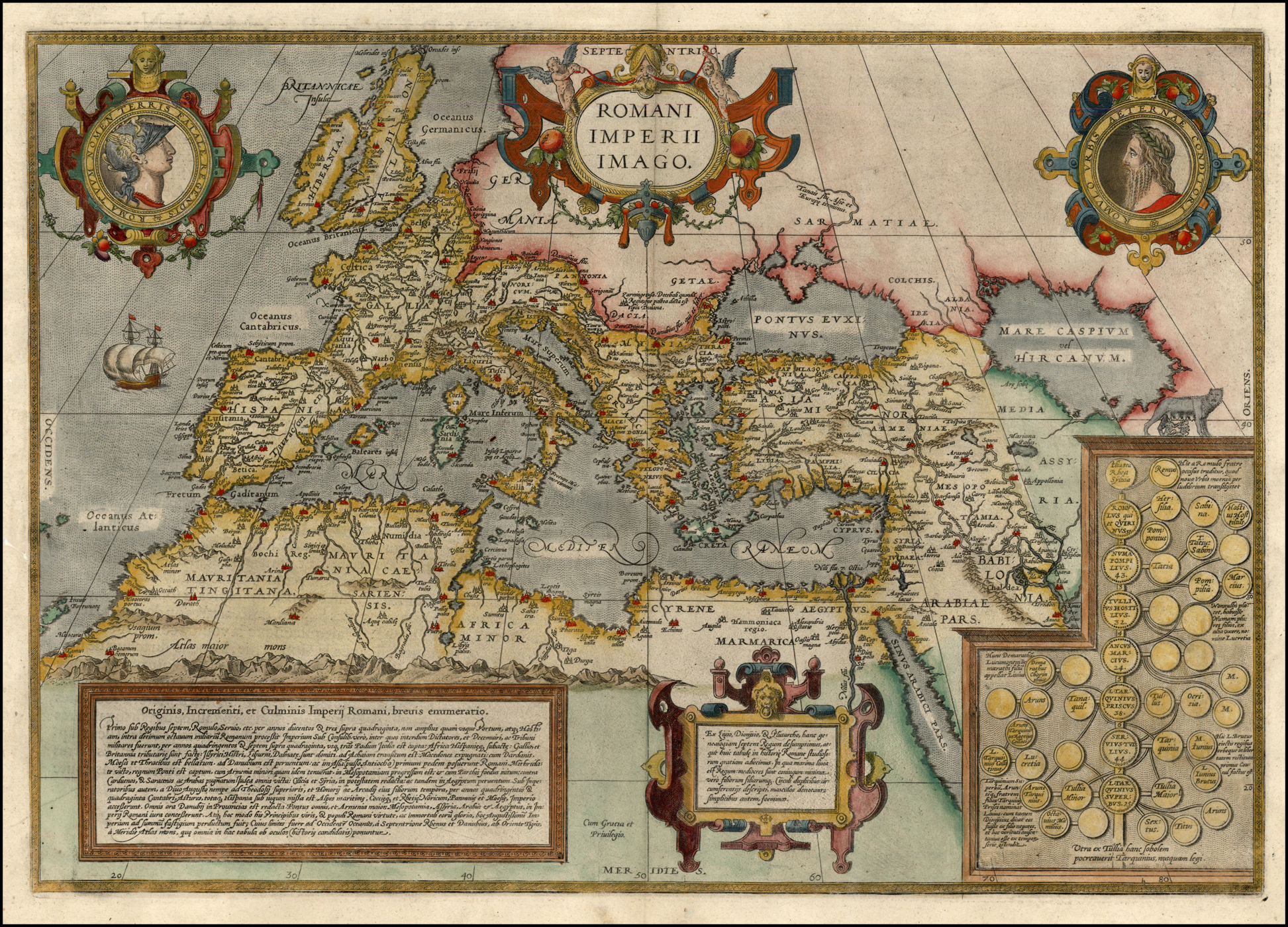

Schyticum | prom:" | Danorum | "siue Danitarum | horda 1.

TARTARIA, Quæ Sar:|matiam, Asiaticam, & vtramque Scythiam | veterum compræhendit. Mons Althaÿ, vbi oês Tartariæ | imperatores sepeliuntur, ab Haÿ:|tone Armeno sub noîe Belgi:|an describi videtur. Here the art of printing was invented thousand years ago, as they say. Hic artê | imprimendi ante mille vt | ferunt, annos habuerunt. Chr├┐se, once attacked by the great Khan in war, but without success.] Paulo | Veneto Zipangri dicta, | olim Chrÿse, a Magno | Cham olim bello petita | sed frustra. Before it was defeated by the Goths, it was known as Crive Romove.]Ĭontinet hæc ta:|bula oêm Tartariam, cum | reliqua Asiæ Orientalioris usque Oce:|anû Eoum parte, Magno Chamo obedi:|ente: Cuius imperium Obij fl: Kataia la:|cu: Volga fl: Mari Caspio, Chesel flu: | Usonte monte, Thebet regione, Ca:|romoram fluuio, & Oceano | terminatur. in this place, so that it was in contact with the church of Rome, and was subjected to Rome through Prester John of Africa. Thoma ibi institutum, vt Roma:|næ corresponderet ecclesiæ, per Presbi:|terum Ioêm Africanum Romæ obediens | Et antequã a Gothanis vinceretur | Criue Romoue nuncupabantur.

Christianorum olim | regnû noie Presbiteri Iois in Asia erat, | à D. Magnus Cham, (quod | linga Tartarorum Im:|perator sonat) max:|imus Asiæ princeps.ĪRGON. Tribuum socij ante | 900 años sunt accersiti à Persis contra Isma:|elitæ Mahumedis arma. Vnde Gauthæ | seu Gauthay à summa Dei gloria aßerenda ibi | dicti sunt, et hinc Cathay clariß: Regnum. tribus seceßere et Totatorû siue Tar:|tatorum loco Scythicæ substituerunt. Mantuæ ignæ sue infide:|litatis poenas luit: quia secrete solicitabat | Christianos principes ad Iudaismum, de | qua re Carolum V. in Galliam vsque ad regem | Franciscum id nominis primum venit, et | postea a Carolo V. Tabor seu Tybur vmbilicariaue Tota:|rorum regio, vbi licet olim libros sacros | perdidißent, sunt tamen vniti sub uno | rege, qui 1540. also says, but neither of the two tells about their number or location]. Paul: Vene:|tus: sed neuter neque situm neque numerû tradit. OCEANVS SCYTHICVS| dulcis est Plinio auctore, qui multas in eo | insulas eße dicit, vt etiam M. [The Nephalites are named Neptali after one of the 10 tribes with a Hebrew name, and after the Danites, who by way of punishment were called the Danes of the dark North, and they were on account of the claims of Rachel Balbah placed to the side, in the area of the Hudores or Iehudeores in the year 476 they were victorious in their battle against Perosa. Tribuum Israelis nomine | Neptali dicti sunt et post Dani:|tas qui in qui in castigatione Aquilona:|ri Danmarchi dicti sunt, ob Rache|lis Balbah ius secundo in loco Hu|dorû sive Iehudeorum sunt positi | et 476 sal anno contra Perosa | victores fuere, Euthalitas male | vocant ceteri. Nepthalitarû | horda Nepthalitæ ab una 10. Textblocks, from top to bottom, from left to right: TAR:|TARIAE | SIVE MAG|NI CHAMI | REGNI | "typus". Marcel van den Broecke has transcribed and translated all the legends on the map, as follows ( Van den Broecke Ort 163):

The west coast of North America differs from his map of America in that the peninsula is broader, some different names appear, and others are lacking." At its southern entrance an enlarged Japan dominates, below which a note states that a large amount of the information in Asia eminates from the writings of Marco Polo. This increased the public awareness of the 1561 Giacomo Gastaldi theory of a strait between the continents of Asia and America. Its main feature is the 'STRETTO DI ANIAN'. This is a very early depiction of the northern Pacific. "Unlike his map of America, this derives its cartography from Ortelius' own large world map of 1564. The map combines the latest explorations by the Dutch (Vaigatz, Colgoyen), the Portuguese (China, Japan) and the Spanish California) with medieval knowledge (Marco Polo's Cathay, Zipangri, Falcon Island, Tangut, etc.) and with knowledge from classical antiquity (Pliny's Cape Tabin and Scythian Ocean). Many legends are spread around the map, referring to the whereabouts of the lost tribes of Israel (they have to be somewhere!), to Marco Polo, and to the classical geography texts of Strabo, Ptolemy and Pliny. In California are the seven legendary cities of Cibola (only six are marked), where the Indians claimed that gold was to be found in abundance, and that the streets and roofs were paved with it. China itself is on the map twice, once as Marco Polo's Cathay and once as the China that the Portuguese had visited by sea. The strait of Anian separates Asia and America, and a navigable North-Eastern passage is shown from Europe to Japan and China, complete with sailing ship. A superb map showing Tartaria, Cathay (China), Japan (closer to America than to Asia!), and California.


 0 kommentar(er)
0 kommentar(er)
